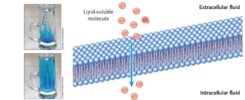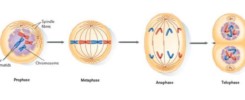Metabolism
by Wendi
0
0
votes
Article Rating
Subscribe
Login
0 Comments
Inline Feedbacks
View all comments

